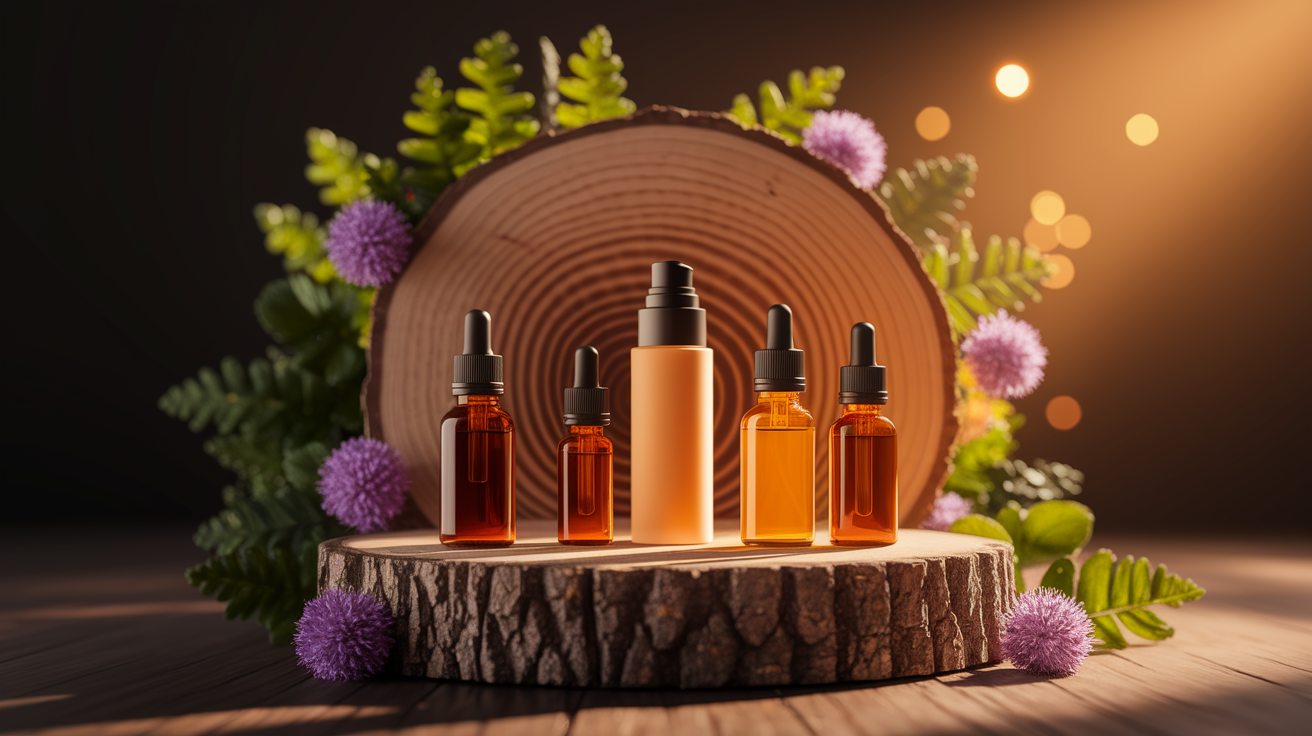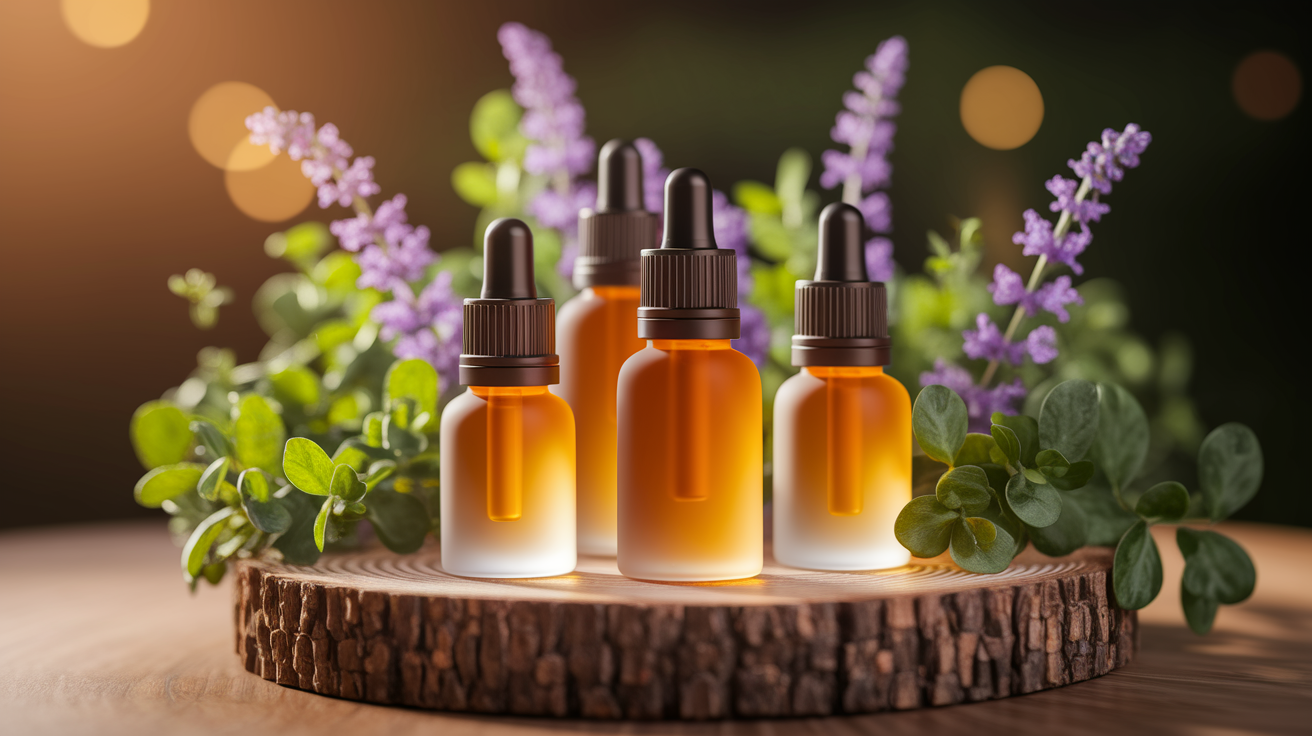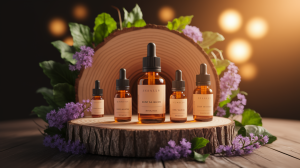Sunlit Aromas: A Clear Introduction
Picture this: warm summer sun on your skin, the soft scent of lavender or bright citrus drifting up from your sunscreen. Sounds dreamy, right? It’s no wonder so many people are curious about blending essential oils into their sun protection routine. The idea is alluring—combining nature’s fragrant wonders with SPF promises something both practical and pleasurable. But once you dig in, things get a bit more surprising. Some oils might amp up protective qualities, while others could make your skin more vulnerable. What appears to be a perfect marriage can, under certain circumstances, turn into a bit of a love-hate relationship.
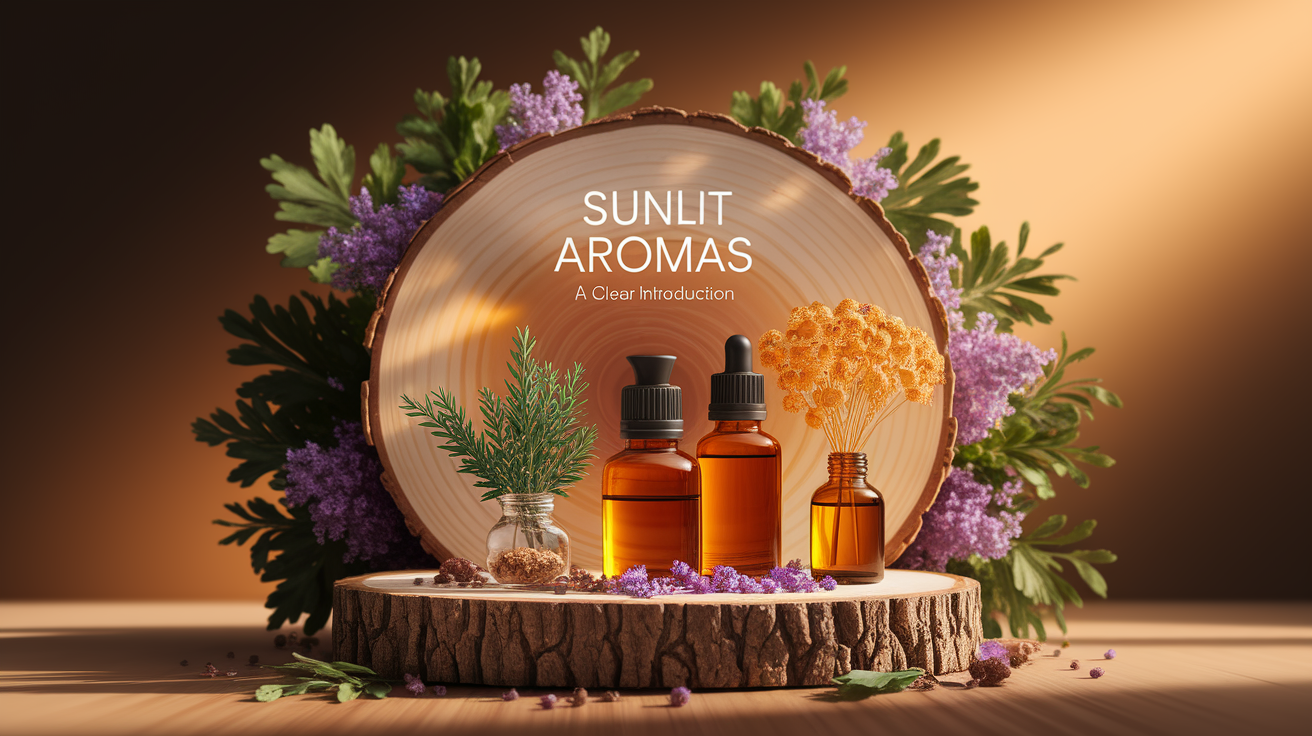
How Essential Oils Influence SPF
Some plant oils don’t just smell good—they pull their weight in the protection department too. For instance, sunflower seed oil, rich in vitamin E and polyphenols, has been shown to increase SPF when combined with traditional UV filters like oxybenzone and octyl methoxycinnamate. The antioxidants help preserve skin health and keep free radicals in check during sun exposure (scientific review). That’s the kind of ingredient synergy formulators dream about—layers of protection working together.
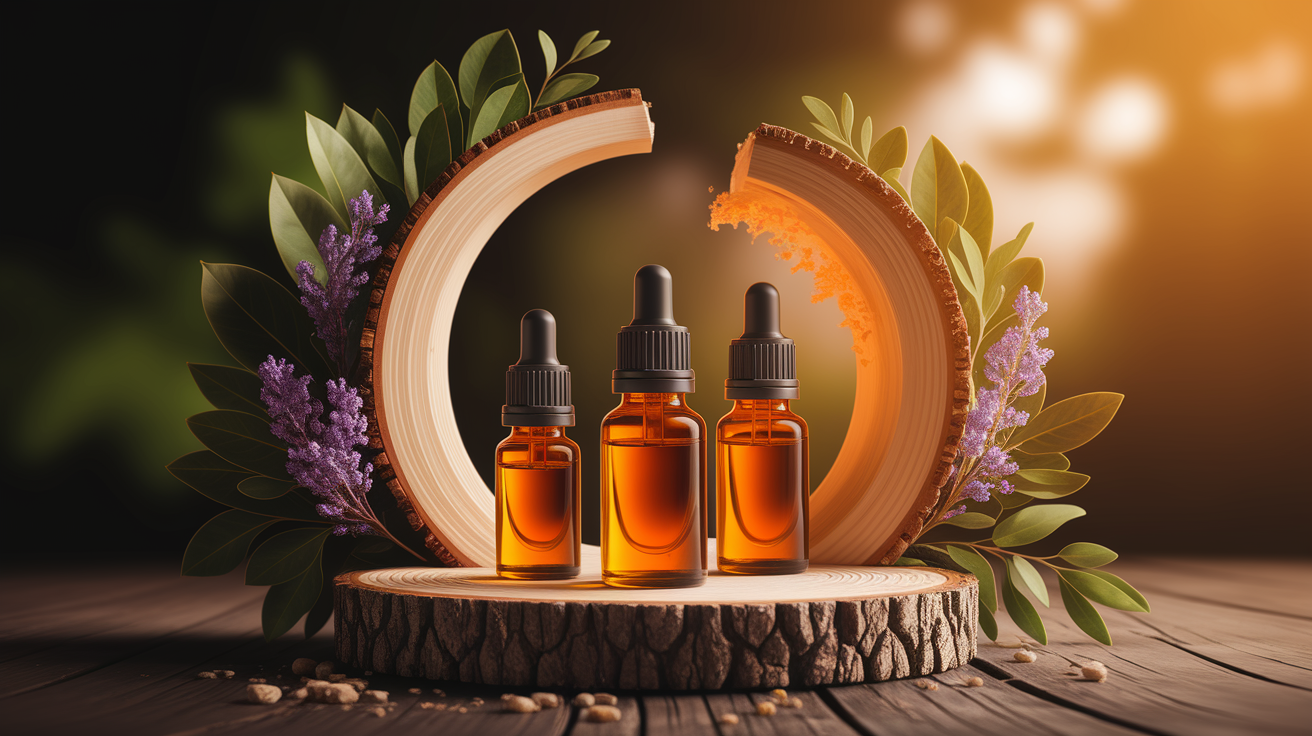
But there’s more to the story. The impact an oil has on SPF isn’t just about its natural properties. Concentration, how it’s blended, and what other ingredients it’s paired with all matter. A well-formulated sunscreen can use certain essential oils as supportive players without relying on them as the main act.
Separating Fact from Fiction
Here’s where myth meets reality. Take carrot seed oil—it’s often claimed to have an SPF of 38-40. Sounds amazing, but that high number usually comes from studies on products with multiple active ingredients, not the oil alone (analysis). When tested in isolation, essential oils generally offer modest UV protection at best (in vitro study).

It’s tempting to think you can skip the chemical or mineral filters altogether if you’ve got a “miracle oil” on hand. But the truth is, whether it’s zinc oxide, titanium dioxide, or a chemical sunscreen like avobenzone, validated UV filters are non-negotiable for real-world broad spectrum coverage. Oils can be helpful, but they’re not a standalone sunscreen replacement.
Safety First: Allergies and Stability
Adding essential oils to sunscreen isn’t risk-free—especially for sensitive skin. Some people develop allergic or photoallergic reactions when essential oils meet sun exposure. Citrus oils, like bergamot, are notorious for phototoxic reactions. Even without sunlight, essential oils can cause dermatitis in certain individuals (study on UV protection and reactions). The combination with FDA-approved chemical filters might compound the risk for those already prone to allergies.

There’s also the chemistry side. Certain oil constituents can break down or change under UV light, which might reduce a sunscreen’s stability or even its protective power (ingredient compatibility guide). Imagine slathering on a luxurious blend only to find it falters halfway through your beach day—frustrating and risky.
Formulation Fundamentals for Success
If you’re going to mix these worlds—essential oils and sunscreen—you need a plan. The choice of solvent, whether the sunscreen is a cream or hydroalcoholic spray, and how the active ingredients distribute on the skin all influence how effective it will be. A sunscreen has to create a uniform film to block UVA and UVB rays effectively.
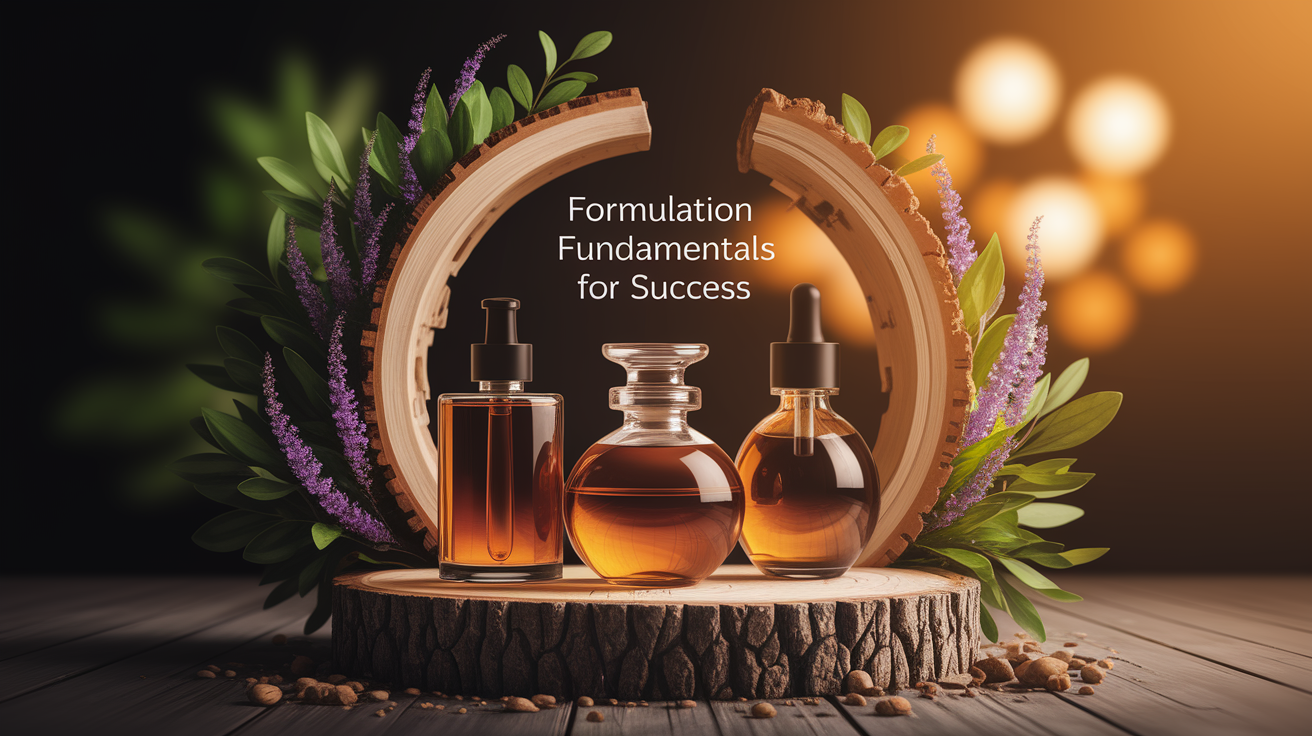
Concentration of the oil matters; too much and you might invite irritation or destabilize the product, too little and you lose any potential benefits. Emulsifiers and excipients can be unsung heroes here, helping essential oils coexist with mineral or chemical UV filters without separation or degradation (formulation factors research, natural ingredient formulation review).
Beyond the Surface: Final Thoughts
The romance between essential oils and sunscreen is complicated—full of potential but not without pitfalls. Some oils truly can enhance SPF in a carefully thought-out formula, while others can trigger skin sensitivity or interfere with performance. The magic lies not in the oil itself, but in how it’s used, blended, and balanced within a robust sunscreen setup. If you want the best of both worlds—fragrance and function—let the science lead, and the sun will be far less of a foe.

